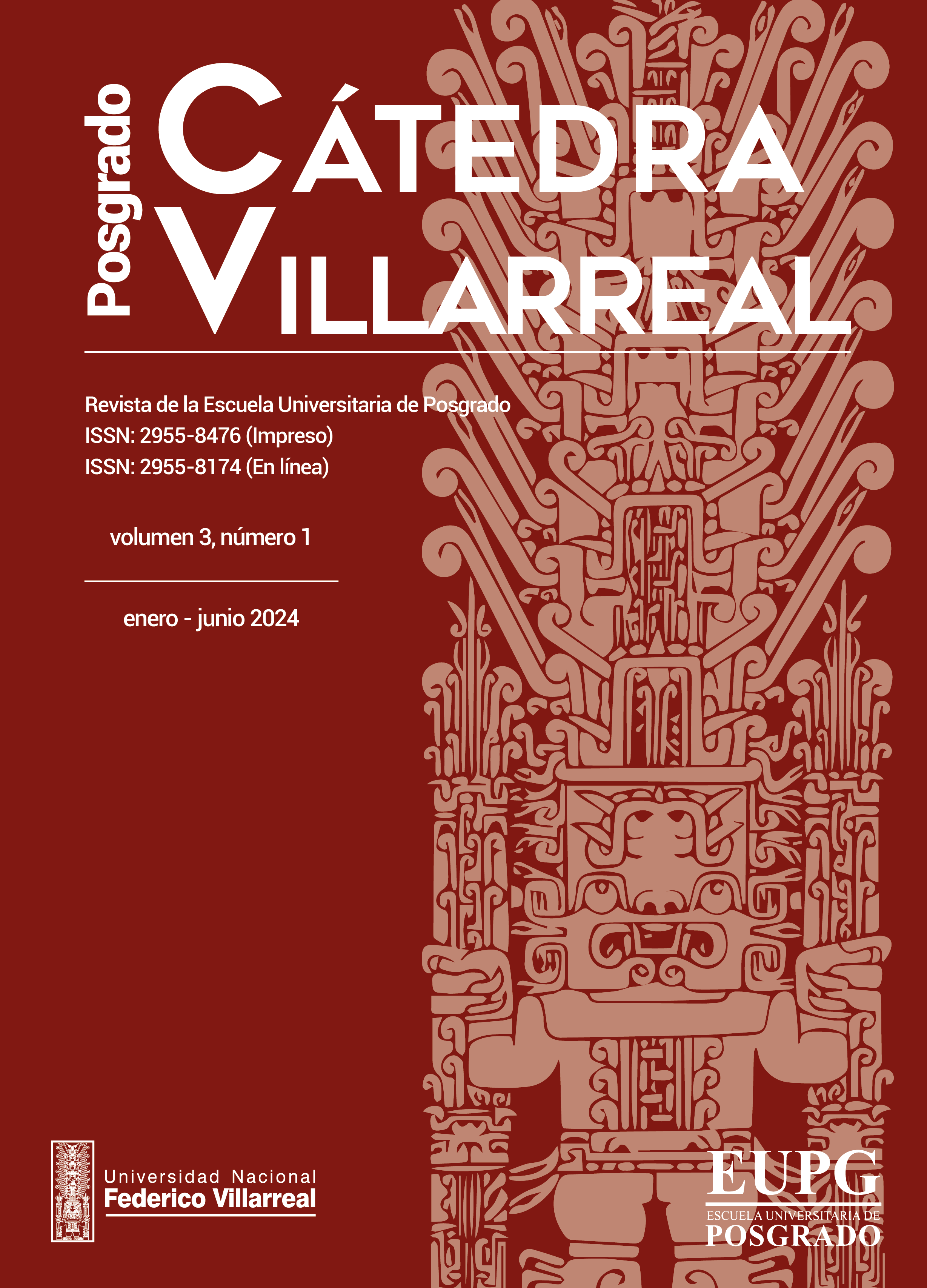Use of the modified previous deprogrammer (mpd) in patients with primary headache
DOI:
https://doi.org/10.62428/rcvp2024311796Keywords:
Tension headache, tension-type headache, migraine headache, facial pain, headache, centric relationAbstract
The objective was to determine if the modified anterior deprogrammer (AMD) reduces the painful symptoms of tension headache and migraine in patients from the Neurology outpatient clinic of the Hipólito Unanue National Hospital (HNHU) from 2018-2019. 80 patients with primary headache were evaluated under certain principles of inclusion and exclusion, divided into two groups according to the diagnosis of the Neurologist; 40 patients with tension-type headache (TTH) and 40 patients with migraine. Subsequently, in the Stomatology service, a DAM was made that was used for 3 consecutive nights. After the third day they returned to the service to be evaluated and the results were recorded. For data collection, the structured interview technique was used and the numerical rating scale (NRS) was used as an instrument to record painful symptoms of primary headache. The information was analyzed with the Wilcoxon and Mann Whitney U test with a significance level of p<0.05. The patients were more frequent for the female sex with 75% for tension headache and 67.5% for migraine. Pain levels decreased significantly for the tension headache sample (p=0.000) as well as migraine (p=0.000) after use of the DAM. Although the results indicate a significant decrease in pain in both groups, the decrease was more severe in the tension headache group. The painful symptoms of patients with primary headache decreased with the use of the modified anterior deprogrammer. The decrease being more severe in the tension headache group.
Downloads
Published
How to Cite
Issue
Section
License
Copyright (c) 2024 Felipe Enrique Lozano Castro

This work is licensed under a Creative Commons Attribution-NonCommercial-ShareAlike 4.0 International License.
Eres libre de
- Compartir : copiar y redistribuir el material en cualquier medio o formato.
- Adaptar : remezclar, transformar y construir sobre el material.
El licenciante no puede revocar estas libertades siempre que cumpla con los términos de la licencia.
Bajo los siguientes términos:
- Atribución : debe dar el crédito apropiado , proporcionar un enlace a la licencia e indicar si se realizaron cambios . Puede hacerlo de cualquier manera razonable, pero no de ninguna manera que sugiera que el licenciante lo respalda a usted o su uso.
- No comercial : no puede utilizar el material con fines comerciales .
- CompartirIgual : si remezclas, transformas o construyes a partir del material, debes distribuir tus contribuciones bajo la misma licencia que el original.
- Sin restricciones adicionales : no puede aplicar términos legales ni medidas tecnológicas que restrinjan legalmente a otros hacer cualquier cosa que la licencia permita.
Avisos:
- No tiene que cumplir con la licencia para elementos del material que sean de dominio público o donde su uso esté permitido por una excepción o limitación aplicable.
- No se dan garantías. Es posible que la licencia no le otorgue todos los permisos necesarios para el uso previsto. Por ejemplo, otros derechos como publicidad, privacidad o derechos morales pueden limitar la forma en que utiliza el material.












